The bokeh is a term widely used in the field of photography and mobile phone manufacturers, bent on charging compact cameras, have become fashionable in recent times. But do we really know what the bokeh is and how it is achieved? Can it really be done with a mobile phone or do you need a “good” camera? We tell you in the next article …
Understanding the term
Before getting into explaining how it is achieved, it is essential to understand the concept well because it is something that lends itself to error. And is that we generally assimilate the term “bokeh” with blur and, although the word actually derives from a Japanese term (ぼ け boke) that translates well, the concept of bokeh is something that goes beyond the absence of a well-defined approach.
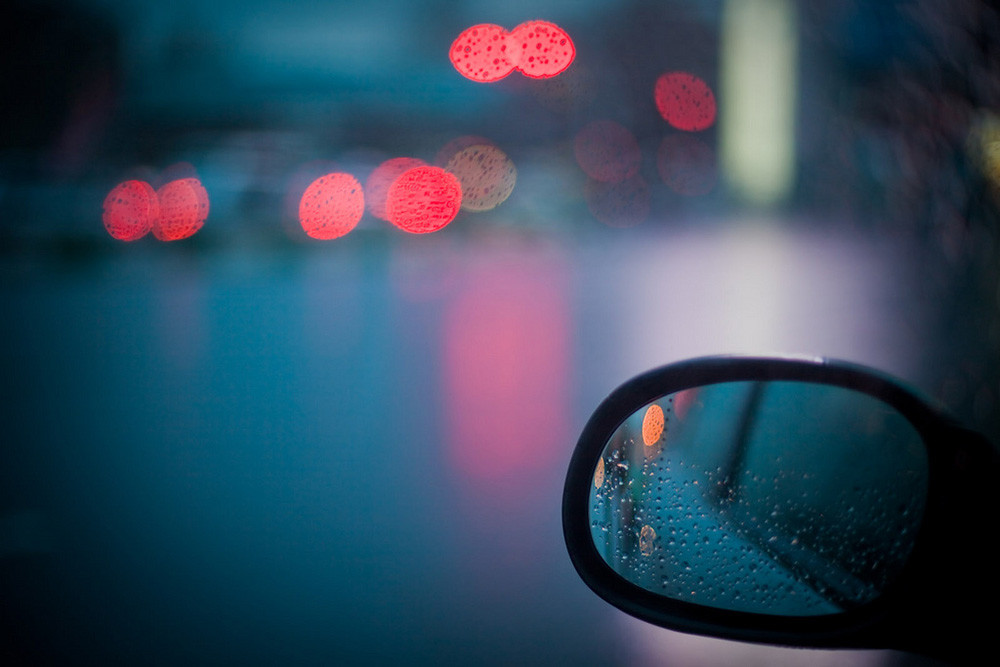
In photography the term bokeh is used to allude to the shape, design or aesthetic of the blur itself. That is to say, it must be made clear that the bokeh is not a technique nor does it refer to how to achieve a greater or lesser amount of blur in an image, but rather to the quality and quality of the image. Even so, yes there are different types of bokeh according to the visual result is harder or softer, and therefore more or less smooth and attractive.
Then we have to be clear that getting a good bokeh is not the same as getting a photo in which there are blurred parts, but having a blur of the image with an attractive look like the one you see in the photos with which we accompany this text and that, believe or not, they are not difficult to achieve.
How do you get the bokeh?
Being a quality of defocusing, to achieve it the first thing is, logically, to have a part of the image out of focus, or all of it as in the photo above. Although usually in the images there is usually a clear part and other blurred. This is controlled by playing with the depth of field, something that is done mainly through the lens’s diaphragm. So that the depth is scarce and, therefore, there are unfocused areas, you have to use large diaphragm apertures when making the photo (from ƒ2.8 and up to what the objective allows, normally ƒ1.2, ƒ1.4 and ƒ1.8 and ƒ2).
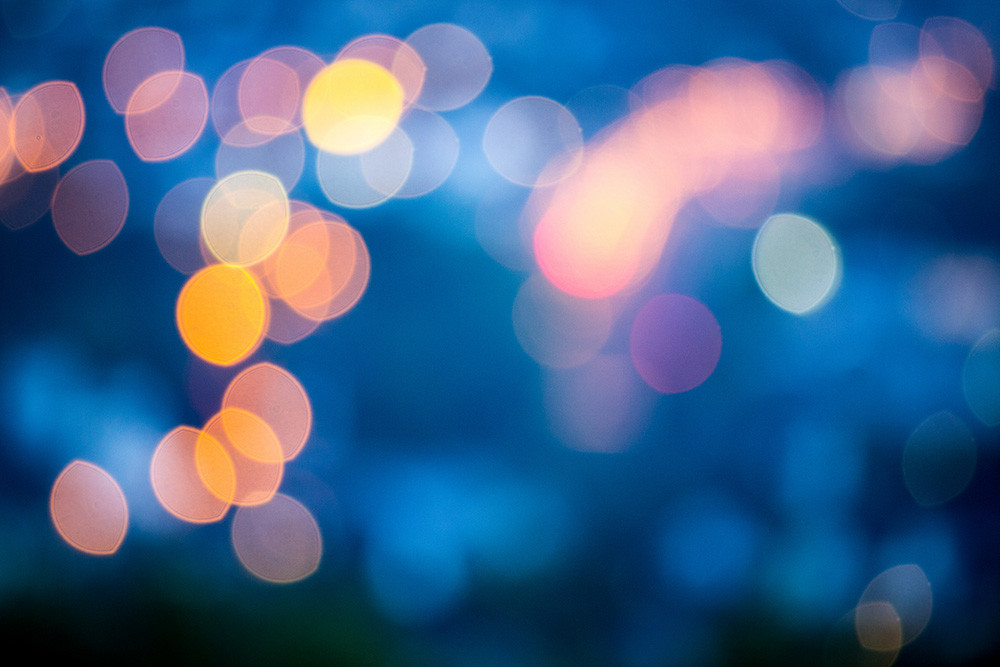
The more we open the diaphragm the more blur we will achieve and, therefore, the more we notice that the area of the photograph in front of and behind the point where we have focused appears blurred in the image. What happens is that most objectives are not able to offer us these opening values. In fact, normally only those that we usually call “luminous” allow it and that in addition to offering the best quality they have high prices. For this same reason, the best blur is usually achieved with fixed focal length lenses (that is, they do not have zoom), which due to their simpler construction tend to be brighter.
Although in the blur also other important aspects influence. The first is the focal distance that we are using, since the smaller the more possibilities there are to play with the depth of field (or what is the same, wide-angle lenses offer more depth of field than telephoto lenses). The second is the distance to the subjects that we are photographing, because the closer we are to the main subject, the easier it will be to make it appear out of focus with respect to the background. A third is the size of the sensor, but this is already discussed a little later, when we enter the subject of mobile.
The case is that, achieved the defocus, we would enter the subject of its quality, or bokeh that determines the final image. That is to say, to get the photos that we give you as an example, you do not have to do anything else than get a part of the image out of focus , the rest is a matter of the objective that we are using.

And it is that the most determining aspect for the bokeh itself is that related to the construction of the lens, more specifically the number of blades with which the diaphragm is designed. This determines the type of bokeh that we will have according to the objective: Hard for diaphragms with up to eight blades, and soft (and therefore more soft and attractive) for diaphragms with more elements.
There are objectives that are specifically designed to offer an attractive bokeh. Like these presented by Sony that have a construction with a diaphragm of up to eleven blades. Of course, these types of objectives are not cheap because to make the defocused area visually attractive is not something simple or, therefore, easy to achieve.
It is also true that there are options available to everyone and allow almost anyone to take photos with a good bokeh. This is the case of popular 50mm lenses with large openings (normally ƒ1.4 or 1.8) for SLR cameras that can be found for just over 100 dollars.
Then, collecting, we have to be clear that to get a good bokeh we simply have to have a luminous lens designed for it. And is that really get a picture like the one that accompanies these letters has no mystery beyond using a bright lens that allows us to play with depth of field and therefore get a good blur.
Continue Reading: Xiaomi already has a camera to record contents in 360 degrees
Then since it is visually attractive it is a matter of the objective. If it has a good bokeh, the unfocused part will be much more attractive than if it does not. And if we have the luck (or the skill) of having chosen a background for the image in which there are colored lights (for example the typical of a city at night), we focus on the foreground and open the diaphragm to blur the background, we may get a spectacular result like the example photos. However, strange as it may seem, the result will depend mostly on the quality of the bokeh of the lens we are using, let alone other parameters.
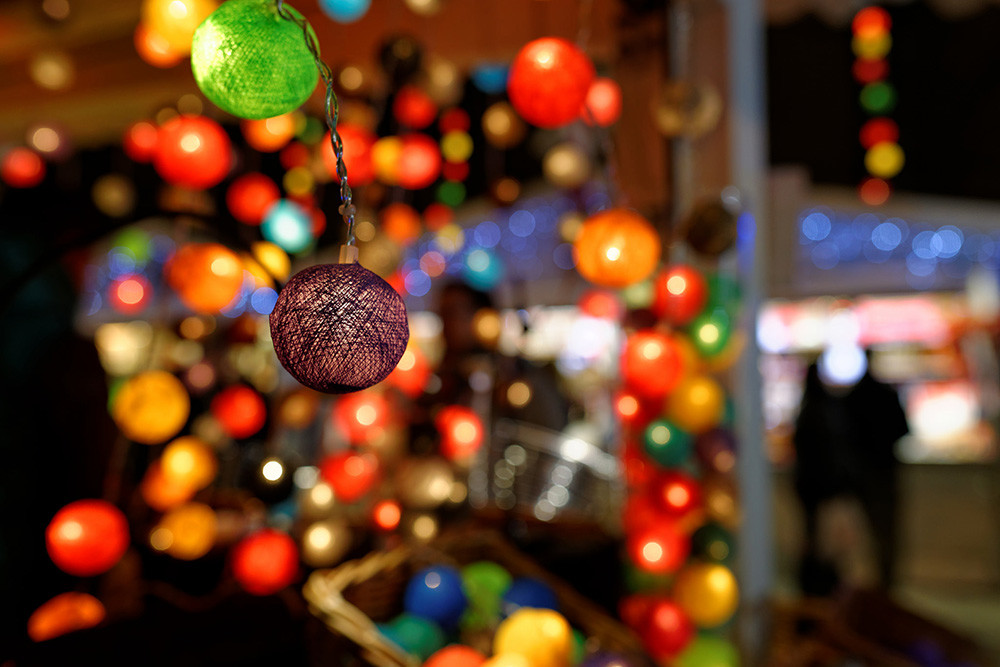
What’s wrong with smartphone cameras?
The theory says flatly that the mobiles cannot offer bokeh, basically because the blur is an effect that depends on many factors that play against the small cameras of smartphones. Especially for that other factor that we have only advanced, the size of the sensor and the lenses, which greatly limit the ability to blur that we can achieve with a portable device.
The bigger a sensor is, the more chances we have of playing with the depth of field and, therefore, of achieving a blur. In fact, SLR cameras with full-size sensors (the largest on the market) are the ones that better control the depth of field, while compact small ones are the least. And, unfortunately, if the sensor is very small, as in the case of mobile phones, the possibilities of achieving blurring are reduced to a minimum since the effective distance between the plane of the sensor (where the image is formed) and the lenses it is noticeably reduced.
So, although this also has its positive side (it is much more difficult for something to go out of focus doing the photos with the smartphone), the truth is that it is really complicated to get an effective blur with a smartphone. Therefore, if you cannot have an unfocused area (even if the camera declares a maximum aperture of a diaphragm that, according to what we have told, could make us think that it is capable), the possibility of having bokeh vanishes.
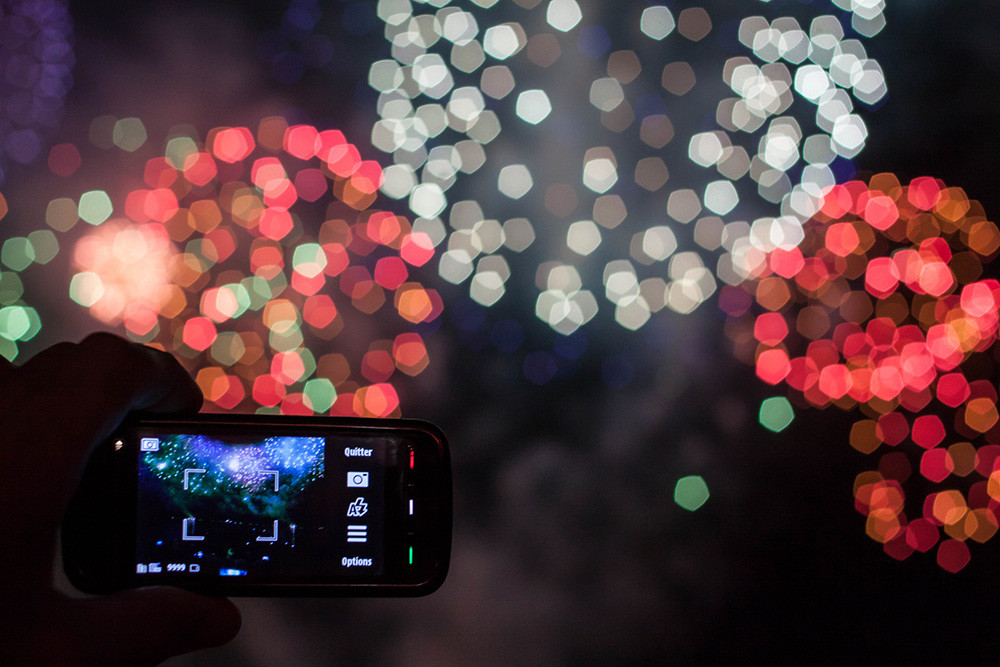
Then how do the mobile cameras get it? Well, pretending. Until a few years ago promising bokeh on a mobile phone was a panacea, and it still is, but it can always be simulated by software; that is, it is artificially achieved. To get an idea of how, imagine that someone makes a portrait with a phone and the background behind the subject appears sharper than we would like. What can we do? Then open the photo in a retouching program like Photoshop, cut out the protagonist and blur the background with a filter.
Well that same, more or less, is what you can get for some time now with the latest generation phones, although the editing work is done by the terminal instead of us. Virtually all the leading mobile phones on the market boast this functionality that has been called Portrait Mode. In fact, right now this feature has become one of the main claims of the high-end mobile.
Of course we can say that the Portrait mode premiered with the iPhone 7 Plus, which was presented in 2016 “to the hype and cymbal” with a new feature that promised to create “automatically a depth of field that shows very sharp faces and unfocused background. This blur effect is also known as “bokeh” and until now it was exclusive to SLR cameras.”
To achieve this, this iPhone used a double camera and software that compares the images of both sensors to automatically separate the subject from the background and blur the latter. That is, exactly the same thing that could already be done via one of the applications that have been on the market for some time, such as Big Lens , and which is a resource for those who cannot afford a high-end mobile.
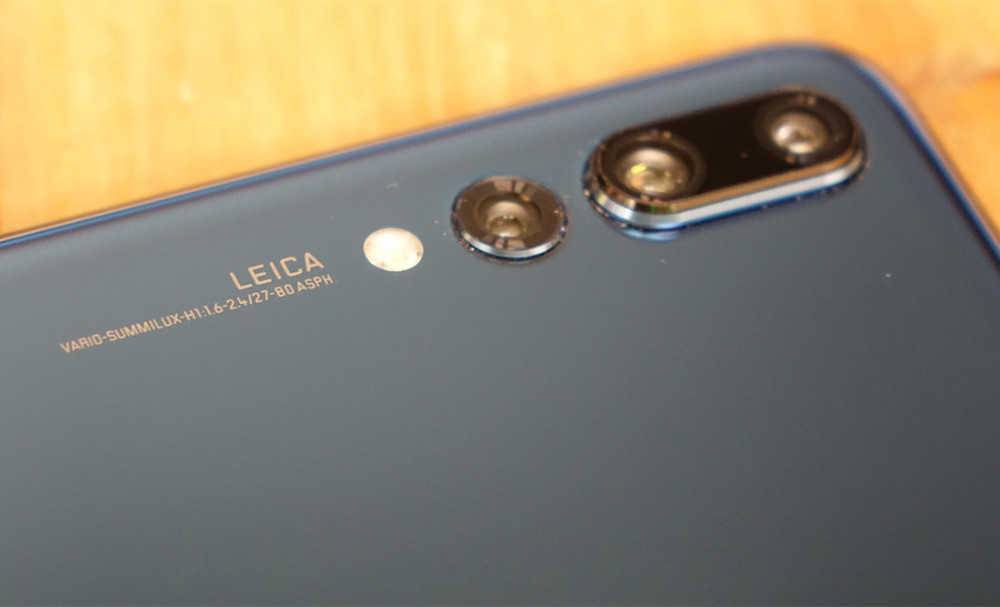
After this, as we said, virtually all manufacturers have signed up to this trend and have become a claim. Whether it was incorporating a double camera (the iPhone was followed in principle by terminals such as the Huawei P9 and the OnePlus 3), and that it used a much larger lens. The usual in a mobile and with a maximum aperture of ƒ2.
A rapid evolution
Since the launch of the iPhone 7 Plus and those that followed it has not been long, but, as has been happening in the field of mobile terminals, we can say that the evolution has been great. A good example is the comparative photo that we have put below, where you can see the change quite clearly.
This terminal is also an example that the use of several cameras does not seem to be the panacea in this regard, at least for the time being. And that Samsung also pointed to the fashion of the dual camera with the Galaxy S9 +, Apple has enhanced it in the iPhone 8 Plus and X and Huawei, one of the most active in this field, has “curled the loop” to present the last of the latest in this field: A mobile phone with (no less) three cameras. We speak, of course, of the Huawei P20 Pro, the last contender for the title of best photo smartphone of the year. Thanks to this this mobile offers very good results, but it does not seem that it will revolutionize this field, according to what we saw in the comparison with the Pixel 2 XL.
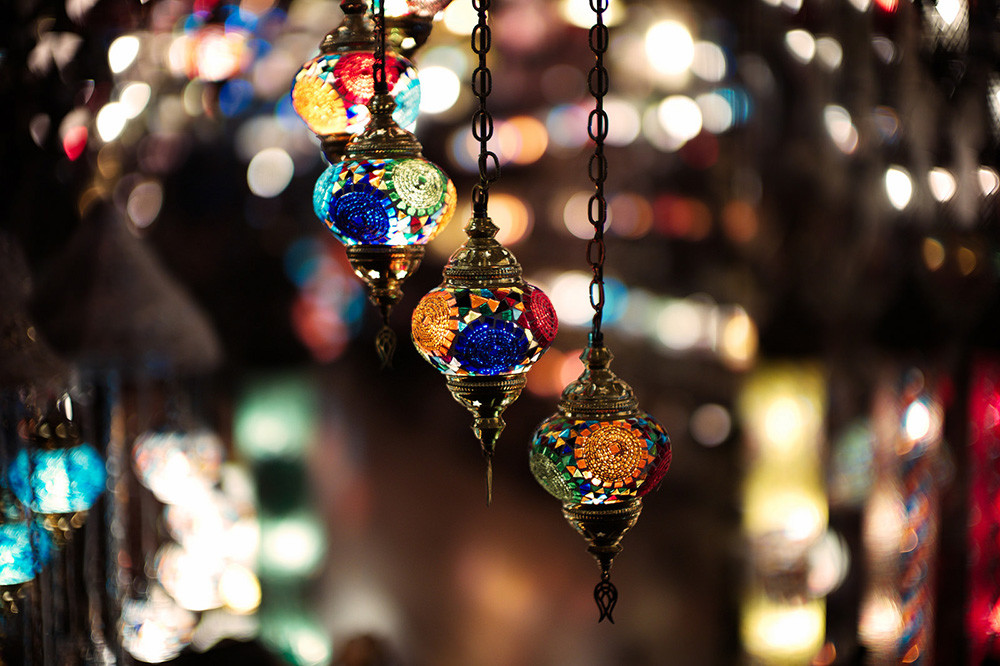
And, we have no choice but to insist, the mobiles can only offer artificially so that, although the thing is improving rapidly, the result is hardly going to be perfect. Therefore, although a mobile phone promises great wonders, in no case will it offer bokeh for the simple reason that it is impossible. As we have explained, the characteristics of your camera do not allow to achieve big blurs (that is not to mention diaphragms and blades), and without blur there is no bokeh.
Therefore, getting a good bokeh is still something unique to a camera. What does not mean that the system used by mobiles can work in certain cases, and better and better for what we have been seeing?
In addition, we can always achieve better results by following a series of tips: Basically try to make the photo as close as possible to the subject portrayed and ensure that the background is as far as possible. In addition, it will be ideal if we can have a background as homogeneous as possible (both in color and shape) to help the application that has to “cut” the person to better identify the contours. The bad thing is that, precisely, this advice sticks with what we counted before having colored lights in the background to achieve stunning images.
In this way, it may be feasible to show off bokeh in your photos taken with your mobile phone, but it would be better if you did not abuse the backgrounds with colored lights. Today it is already feasible to hope that the background that appears behind our portrait is as blurred as possible (thanks in part to the advice we just gave) and without much notice in the outlines, but for now the result that you get will remain artificial.


